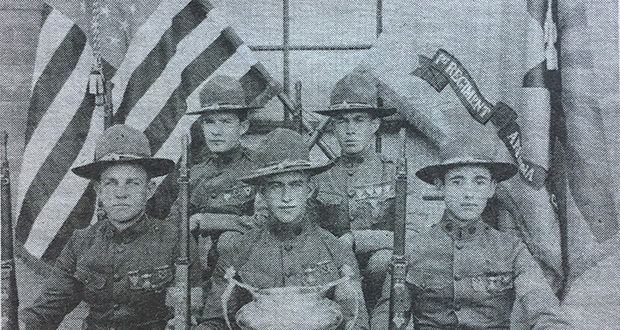Confine Your Pets
Arizona Capitol Times Staff//December 7, 2017//[read_meter]
Elsie May Johnson was lucky to have a healthy pet for this portrait. An outbreak of rabies in the spring of 1912 had forced the slaughter of hundreds of dogs...
No tags for this post.

















